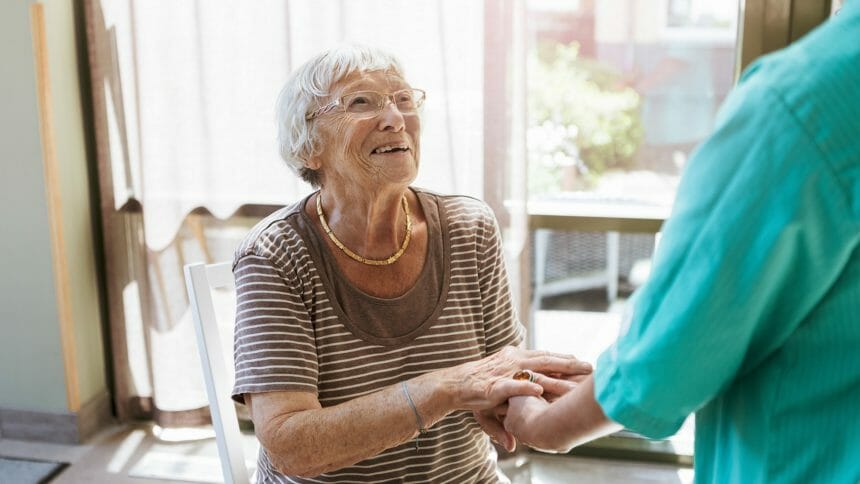
Occupancy at U.S. skilled nursing facilities increased to 71.2% in February, as reported by the latest monthly skilled nursing data released Thursday from the National Investment Center for Seniors Housing & Care. SNF occupancy had reached a record low of 70.7% in January, according to NIC MAP data prepared and released by NIC MAP Vision.
Despite the February improvement, occupancy remains 13.7 percentage points below its pre-pandemic level.
Still, these latest NIC MAP occupancy data begin to reinforce trends from other data sources. COVID-19 case counts at SNFs are down 98% since December, mostly thanks to the rollout COVID-19 vaccinations, NIC reported last month. Further, more than four in five operators in senior housing and skilled nursing are reporting an increase in lead volume since the beginning of the year, according to the results of NIC’s latest executive survey.
“February’s NIC MAP data underscores what some skilled nursing facility operators have been saying the past few months: they are starting to see occupancy stabilization,” said Beth Burnham Mace, NIC’s chief economist. “Data from the next few months will be extremely important, as it will signal whether this is the start of a longer trend toward recovery.”
Traditional Medicare revenue per patient day remained steady in February, at $555, but the share of Medicare revenue declined to 23.4% from 25.1% in January, NIC MAP data powered by NIC MAP Vision show. The share of Medicare Advantage revenue increased to 11.1%, up from its pandemic low of 8.3% in May 2020.
“Hospitals resuming elective surgeries and discharging patients to skilled nursing facilities may be responsible for greater share of Medicare Advantage revenue, thereby boosting occupancy,” said Bill Kauffman, senior principal at NIC. “Occupancy is still near historic lows and many facilities will need to see substantial increases in occupancy in order to stabilize the balance sheet.”




